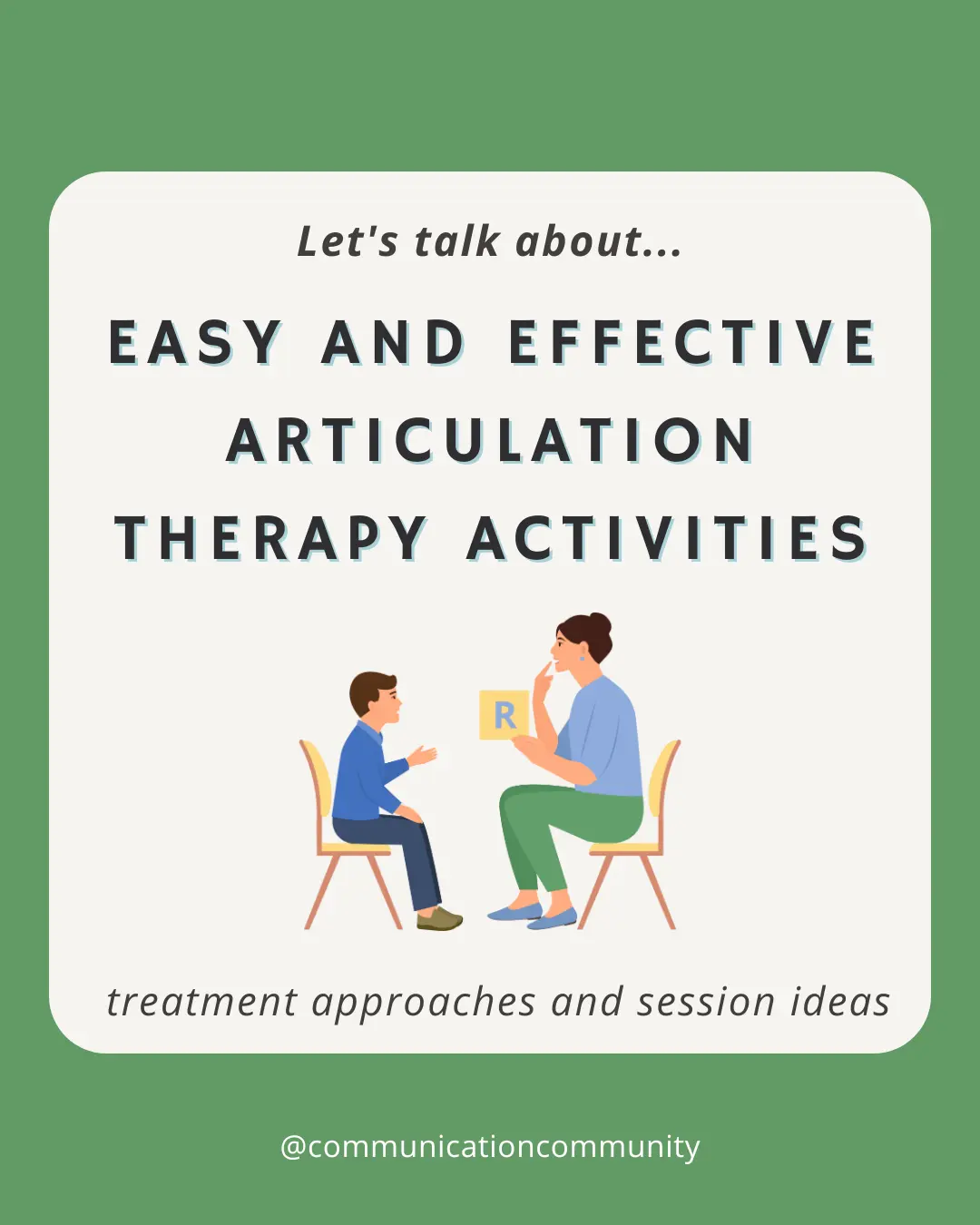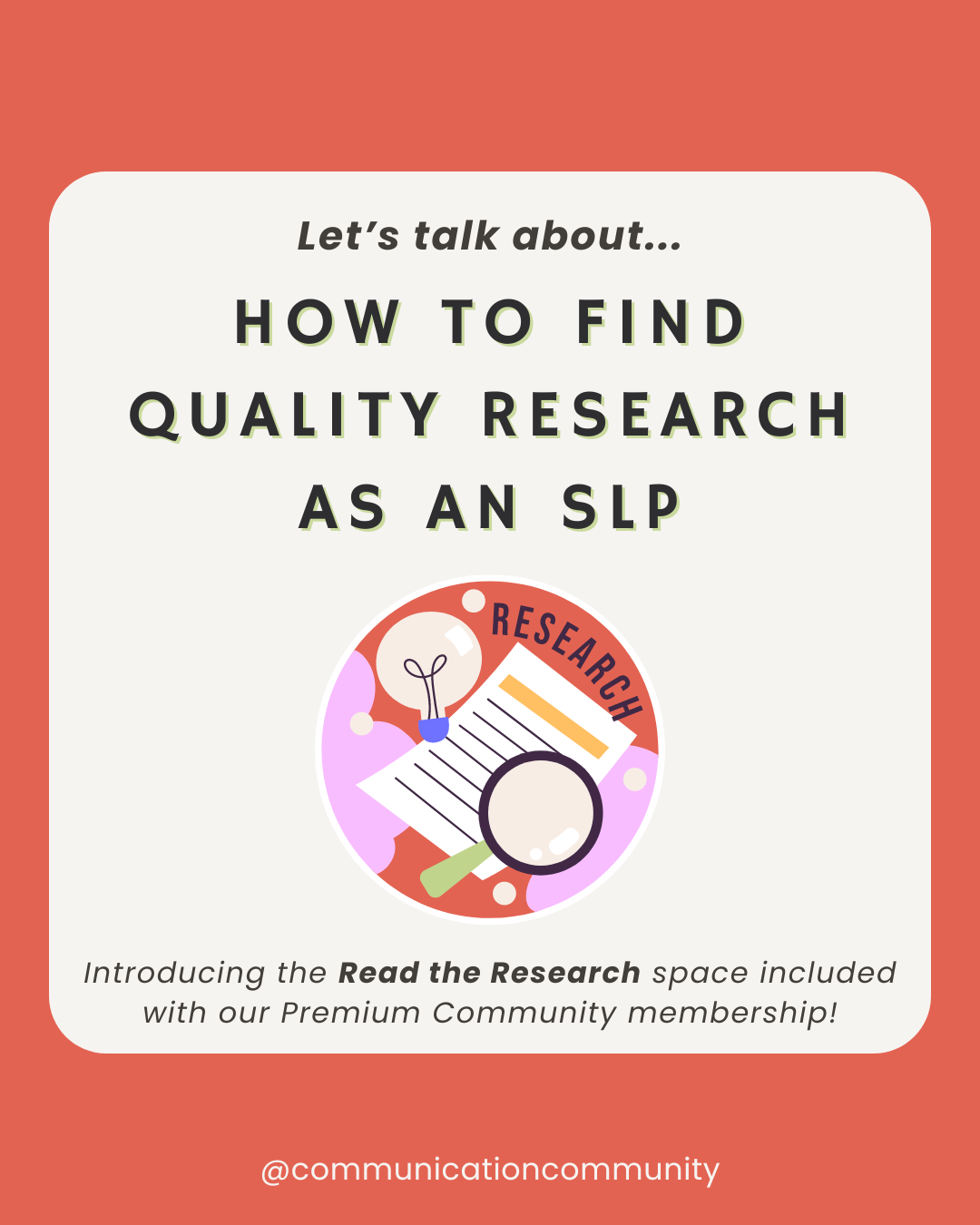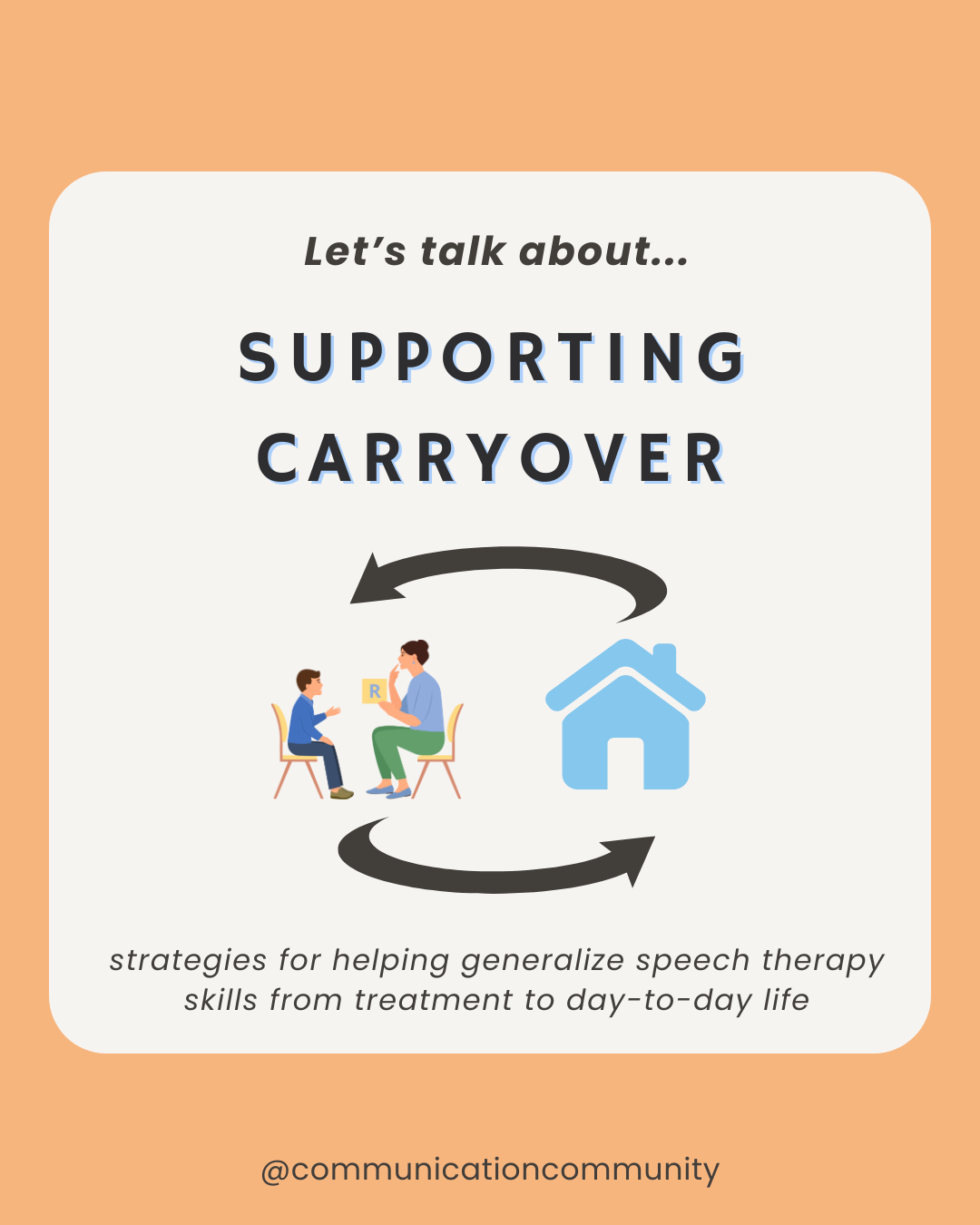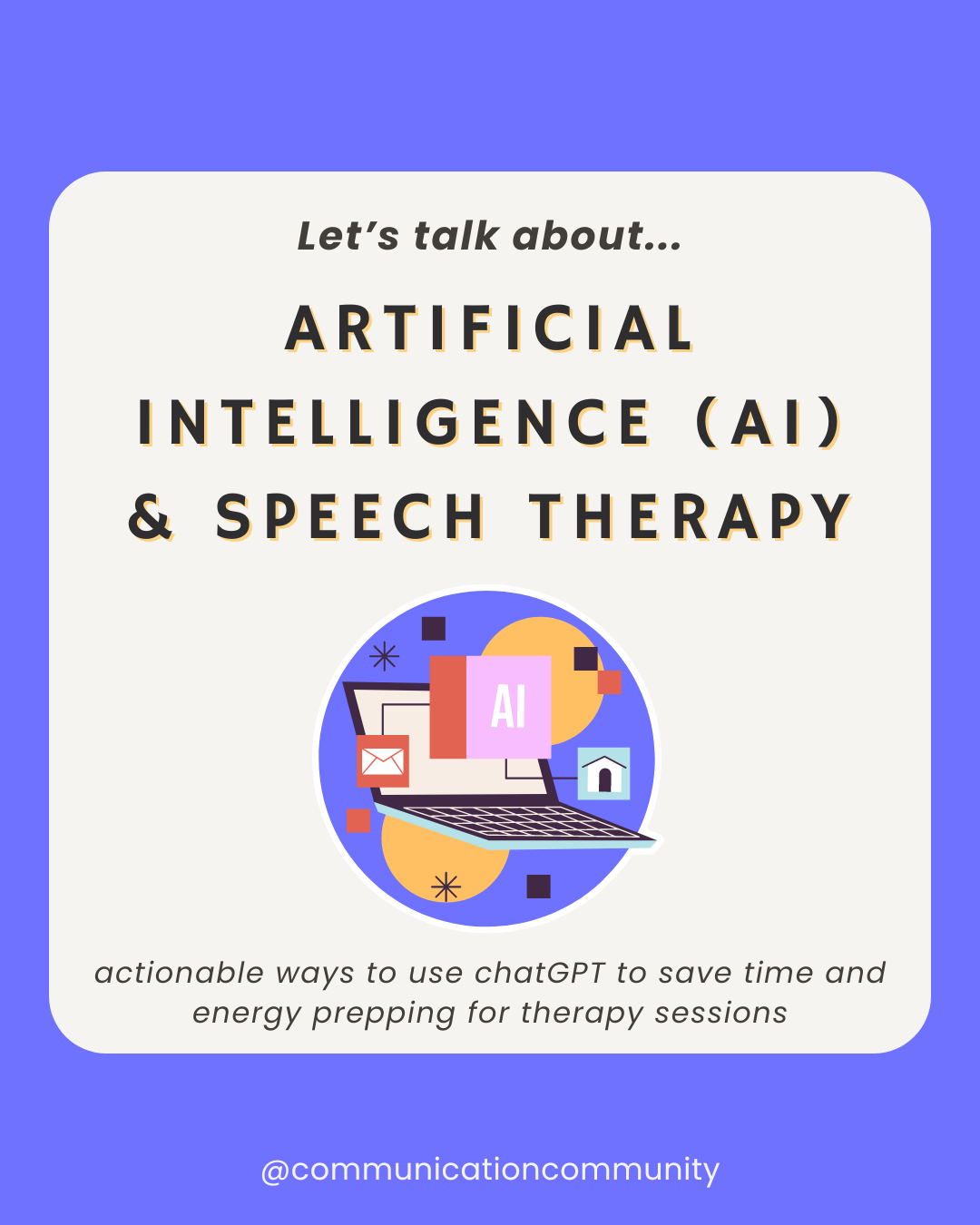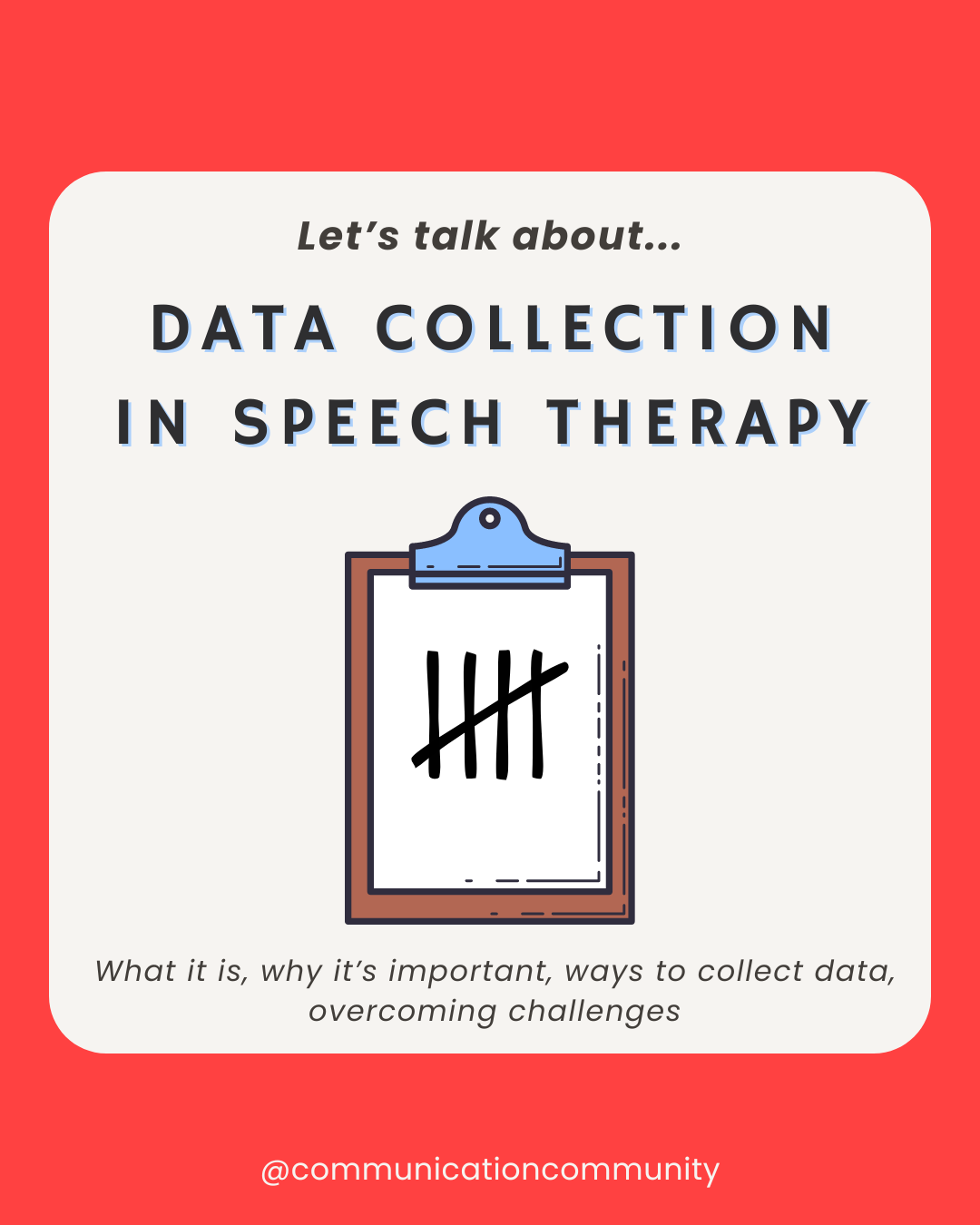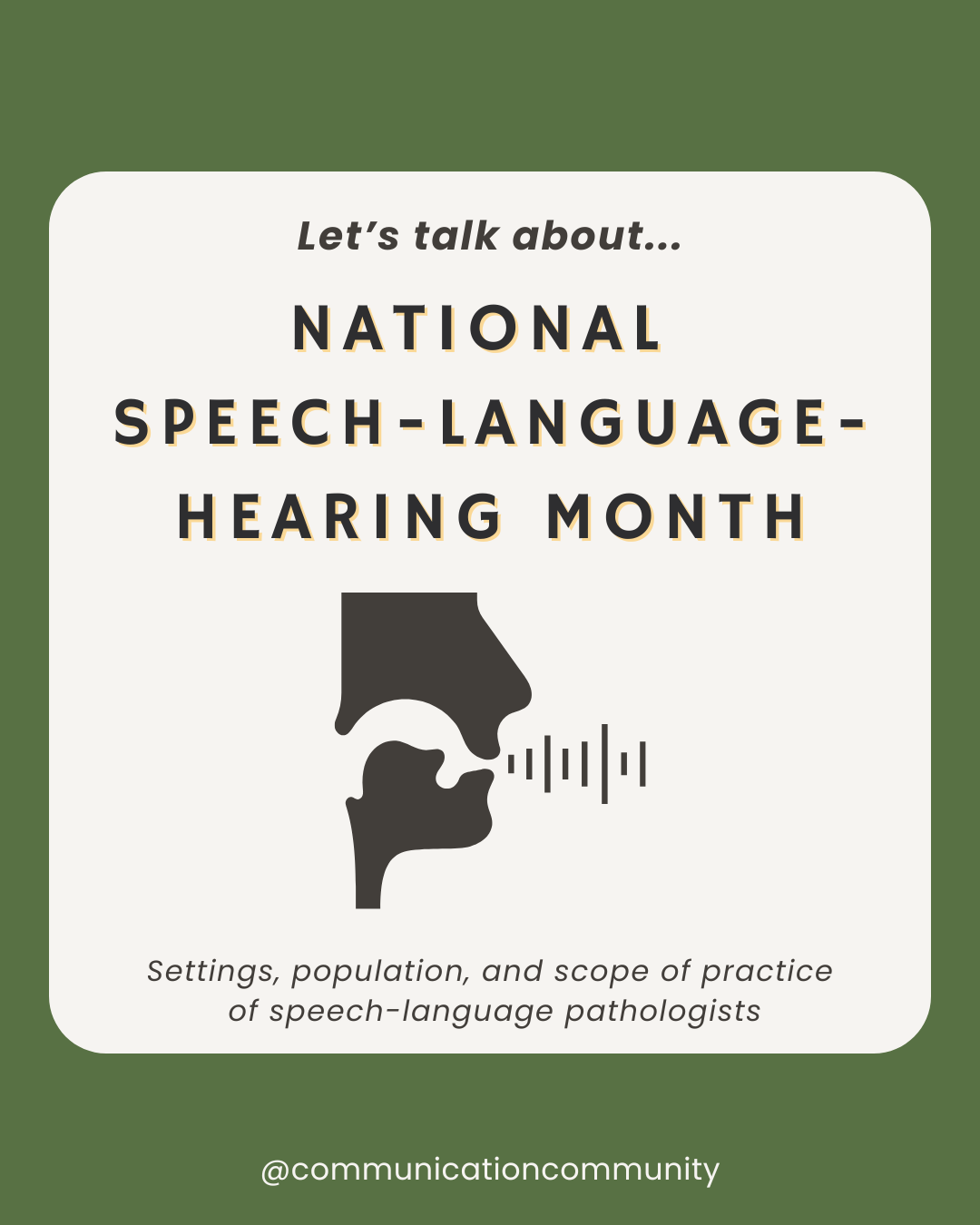Scroll down for the articulation therapy activities!
What is Articulation Therapy?
Individuals with articulation delays or disorders (sometimes called speech sound delays or disorders) have difficulty producing speech sounds correctly. For example, they may use the /b/ sound instead of the /f/ sound, making the word “fun” sound like “bun.” Individuals with articulation disorders have difficulty with the motor aspect of speech sound production.
*It is important to note that children develop speech sounds gradually; a 2-year-old is not expected to be able to say all sounds correctly but a 6-year-old is likely able to say almost all sounds correctly all the time. Simply put, a 2-year-old’s motor and language skills are not as developed as a 6-year-old’s. For more information on articulation and speech sound disorders, read our full article!
Speech-language pathologists (SLPs) work with individuals with articulation delays or disorders to help them produce speech sounds correctly. There are a variety of approaches (read below) for working with individuals but the main goal is typically the same: help the individual be more easily understood by others!
Note: Many individuals with articulation disorders also demonstrate phonological pattern errors as well. In this article, we will reference purely articulation disorders though we acknowledge that phonological errors are very common!
Considerations for Individuals Who Speak Two or More Languages
Not all languages across the world have the same speech sounds. For example, the Spanish language doesn’t use the /th/ sound. Additionally, some languages have sounds that are not present in the English language. Individuals who are exposed to and/or speak more than one language may have difficulty producing specific speech sounds for this reason. It is crucial that the SLP working with the individual is aware of their language background before working with them on articulation skills. They may have an articulation difference, not a delay or disorder. Clinically speaking, it is not appropriate for an SLP to treat an articulation difference as a disorder.
Articulation Therapy Approaches
There are many different types of articulation treatment approaches.
Note: A target sound (as mentioned below) is referred to as the specific sound or sounds that the individual is working on to improve in therapy.
Some of the treatment approaches include:
- Developmental Approach: Target sounds are chosen based on the typical age of acquisition according to speech sound development. Read more about speech sound development and see the average age of acquisition here.
- Complexity Approach: A more difficult sound is targeted before an easier sound. Typically, “difficulty” is based on the typical age of acquisition of speech sounds. For example, if an individual has difficulty with the sounds /sh/ and /th/, they may work on /th/ before /sh/ when utilizing the complexity approach.
- Context Utilization Approaches: A sound is targeted in a context that is easier for the individual at first before moving on to a more difficult context. For example, if the target sound is /f/ this may mean an individual works on saying “fa” before “fee” because “fa” is easier for them to produce.
- Core Vocabulary Approach: Target sounds and words are chosen based on words that are important and used a lot by the individual. Read more about core words here. This may include their name, a favorite activity, or another high frequency word for them.
- Distinctive Features: This may also be referred to as minimal pairs and is often used when an individual consistently substitutes one sound for another that is similar to it in regards to place (where their tongue/lips are), manner (the airflow needed for saying a sound), and voicing (whether your vocal folds vibrate or not). For example, the sounds /s/ and /sh/ differ in place but are the same in manner and voicing.
- Naturalistic Speech Intelligibility Intervention: In this approach, individuals are often engaging in a preferred activity (e.g., playing with toys). If they say a sound incorrectly, the SLP will repeat the word, phrase, or sentence they said but say the sound correctly. For example, if the individual says, “The tat is happy!” the SLP may say, “Yes, the cat is happy!”
Articulation Therapy Notes
There is more to articulation therapy than just producing a target sound correctly; being able to discriminate one sound from another and being able to tell if they are producing the sound well on their own can be key! This can definitely vary depending on the individual but if you are looking for goals outside of just producing a sound correctly, check out our goal creator resource!
Typically, it is easier for an individual to produce a target sound at the beginning of the word first, then the end of the word, then finally, the middle of the word. This is not the case all the time but it is usually how I begin intervention!
In articulation therapy, more practice is usually better! I try to help my clients get as many “reps” in as possible. This varies from client to client; if a client is working on generalizing the sound at the sentence/conversational level, they may not get as many “reps” in as someone who is working on the sound at the single-word level.
Additionally, I sometimes have clients who are resistant to working on speech sounds. I do my best to model correct production and encourage them to say a word with a target sound correctly but I do not push them if I think they begin to appear frustrated or upset. Sometimes, this can take time, and I make sure I communicate this to the individual’s caregiver/educators as well.
Articulation Therapy Activities for Speech Therapy
There are many simple (but effective) ways to target articulation in speech therapy sessions! We are all about low and no prep activities and these fit the bill. Additionally, these can be customized based on the target sound and complexity level. They are also great for working with groups of individuals who may have different target sounds or goals.
1. Card and Board Games
Games are my number one activity for articulation clients. They are usually quite motivating (especially if the individual chooses the game) and are conducive to many reps. I usually structure it so that between each turn the client I’m working with produces the sound that is being targeted. My favorite games are:
- Regular playing cards: great for playing War, Go Fish, Crazy Eights, and Old Maid
- Uno
- Connect 4
- Candy Land
- Pop the Pig
- Checkers
- Trouble
- Sorry!
- Jenga
2. Toys
Using toys to target articulation is great for the naturalistic speech intelligibility intervention approach but it can also be used with any other approach as well! Dramatic play activities, play sets (e.g., farms, dollhouses), puzzles, blocks, and more can be fun and engaging. If this is the route I am going to take for my session, I try to think of a few words or phrases with target sounds I am going to have my client work on throughout the time. For example, if I think we are going to play with a farm set for most of the session, and our target sounds are /k/ and /g/, I will try to make the cow, goat, and pig animals front and center and use them throughout the session!
3. Memory
Use picture cards (or just pieces of paper) with target words/sounds on them and play a game of memory! Make two copies of each word/sound and you can make the game as small or large as you would like.
4. Arts & Crafts
Drawing or creating something with target words and sounds is a fun, hands-on way to work on articulation skills. If your client is working on the /s/ sound, you can have them draw a house, a sun, a swing set, a snail, and more!
5. Books and Articles
Reading books and/or articles (typically for older individuals) are great ways to work on speech sound production for high frequency words like “the” or “so.” I try to find books and articles that contain the individual’s target sounds many times so they have plenty of opportunities to hear the sound and say the sound well.
6. Would You Rather…? Questions
Would You Rather…? Questions are especially great for /r/ and /th/ as I have most of my clients start each response with “I would rather…” but you can also customize them based on target sounds! For example, if an individual is working on the /l/ sound, I may say, “Would you rather eat a whole lemon slice or drink a whole gallon of lemonade?” This guarantees their response will contain the /l/ sound a few times!
7. I Spy
The beauty of I Spy is that it can be used in many different ways! It can be used while taking a walk through the halls, playing outside, reading a book, watching a video, or just looking around a room! I will usually pick I Spy items that have the target sound in them to ensure opportunities for practice!
8. Songs and Videos
Animated songs (e.g., Super Simple Songs) and videos (Nat Geo Kids is a favorite) are great easy activities for finding high frequency words with target sounds! Before a session, I will go through the song or video and write down (or make a mental note of) words with target sounds that I want to emphasize and review with my clients.
Want more easy and effective therapy ideas and materials?
- 5 Simple (but effective) Receptive Language Activities
- 5 Simple (but effective) Expressive Language Activities
- 5 Stuttering Therapy Activities
- Easy, No-Prep Activities for Speech Therapy
Articulation, Phonology, and Apraxia Resources and Goal Creator
Your one-stop shop for the treatment of speech sound disorders (articulation, phonological, & apraxia) - a goal bank + resource packet COMBO! Create over THOUSANDS of unique goals in this evidence-based, easy-to-use speech therapy packet.

This post contains some affiliate links and we are (slightly) compensated if you use them, but all opinions are our own. We appreciate the support!
References
ASHA. (n.d.). Articulation and Phonology. American Speech-Language-Hearing Association. Retrieved from https://www.asha.org/practice-portal/clinical-topics/articulation-and-phonology/

